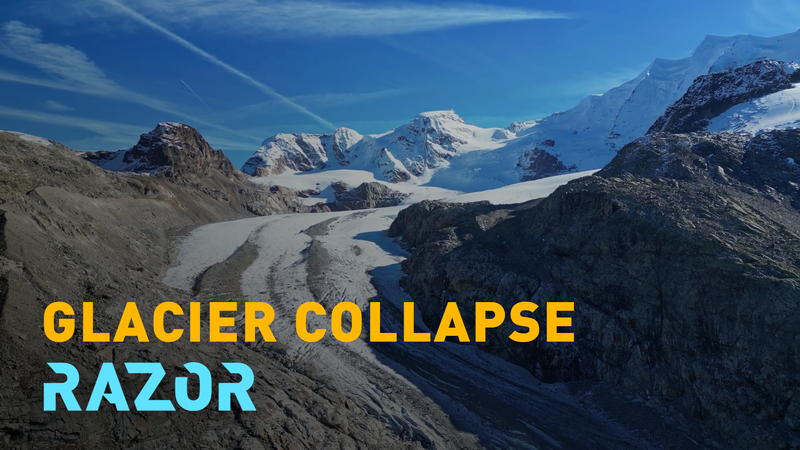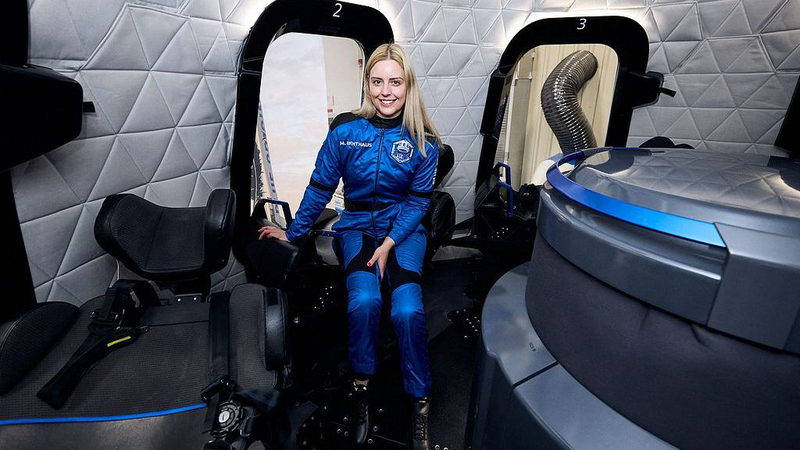Uranus, the first planet discovered with a telescope by William Herschel in 1781, remains one of the most enigmatic giants in our solar system. Despite being the third largest planet, much of what we know about Uranus stems from NASA's Voyager 2, which conducted a five-day flyby in 1986.
Recent research has uncovered that Voyager 2's observations were taken during an unusual solar wind event, leading scientists to revisit and revise their understanding of Uranus's magnetic field. A solar wind, a high-speed flow of charged particles from the sun, can significantly impact a planet's magnetosphere—the protective magnetic bubble surrounding it.
Space plasma physicist Jamie Jasinski from NASA's Jet Propulsion Laboratory explained, \"We found that the solar wind conditions present during the flyby only occur 4 percent of the time. The flyby occurred during the maximum peak solar wind intensity in that entire eight-month period.\" This rare event squashed Uranus's magnetosphere to about 20 percent of its usual size, distorting the data collected.
Under normal solar wind conditions, the magnetosphere of Uranus would likely resemble those of Jupiter, Saturn, and Neptune. A magnetosphere is crucial as it protects planets from solar and cosmic radiation, sustaining an environment where potential subsurface oceans might exist.
The distorted data suggested that Uranus's magnetosphere lacked plasma and had unusually intense belts of high-energy electrons. Plasma, the fourth state of matter, is typically abundant in the magnetospheres of gas giants, making its apparent scarcity around Uranus puzzling.
\"The plasma environment of any planetary magnetosphere is usually formed of plasma from the solar wind, plasma from any moons present inside the magnetosphere, and plasma from the atmosphere of the planet,\" Jasinski noted. However, the unusual solar wind conditions meant that Voyager 2 did not detect plasma from the solar wind or Uranus's moons, leading to misleading conclusions.
Uranus is a striking blue-green planet due to methane in its hydrogen-helium atmosphere. With a diameter of about 50,700 km, it can contain 63 Earths and is surpassed in size only by Jupiter and Saturn among the solar system's eight planets. Its extreme axial tilt causes Uranus to orbit the sun on its side, giving it a unique rolling motion, and it boasts 28 known moons and two sets of rings.
The new study also revises the understanding of Uranus's moons. Previously, Voyager 2's data suggested that the two largest moons, Titania and Oberon, often orbited outside the magnetosphere. The fresh analysis indicates they stay within the protective magnetic bubble, enhancing the possibility of detecting subsurface oceans.
\"Both are thought to be prime candidates for hosting liquid water oceans in the Uranian system due to their large size relative to the other major moons,\" said Corey Cochrane, a planetary scientist at Jet Propulsion Laboratory and co-author of the study.
This discovery fuels the ongoing quest to determine whether subsurface oceans on moons in the outer solar system could support life. NASA continues this pursuit with missions like the one launched on October 14 to explore Jupiter's moon Europa.
Jasinski emphasized the importance of future missions to Uranus, stating, \"A future mission to Uranus is crucial to understanding not only the planet and magnetosphere but also its atmosphere, rings, and moons.\" Such missions promise to shed more light on the mysteries of this distant giant and its potential to harbor life.
Reference(s):
cgtn.com



